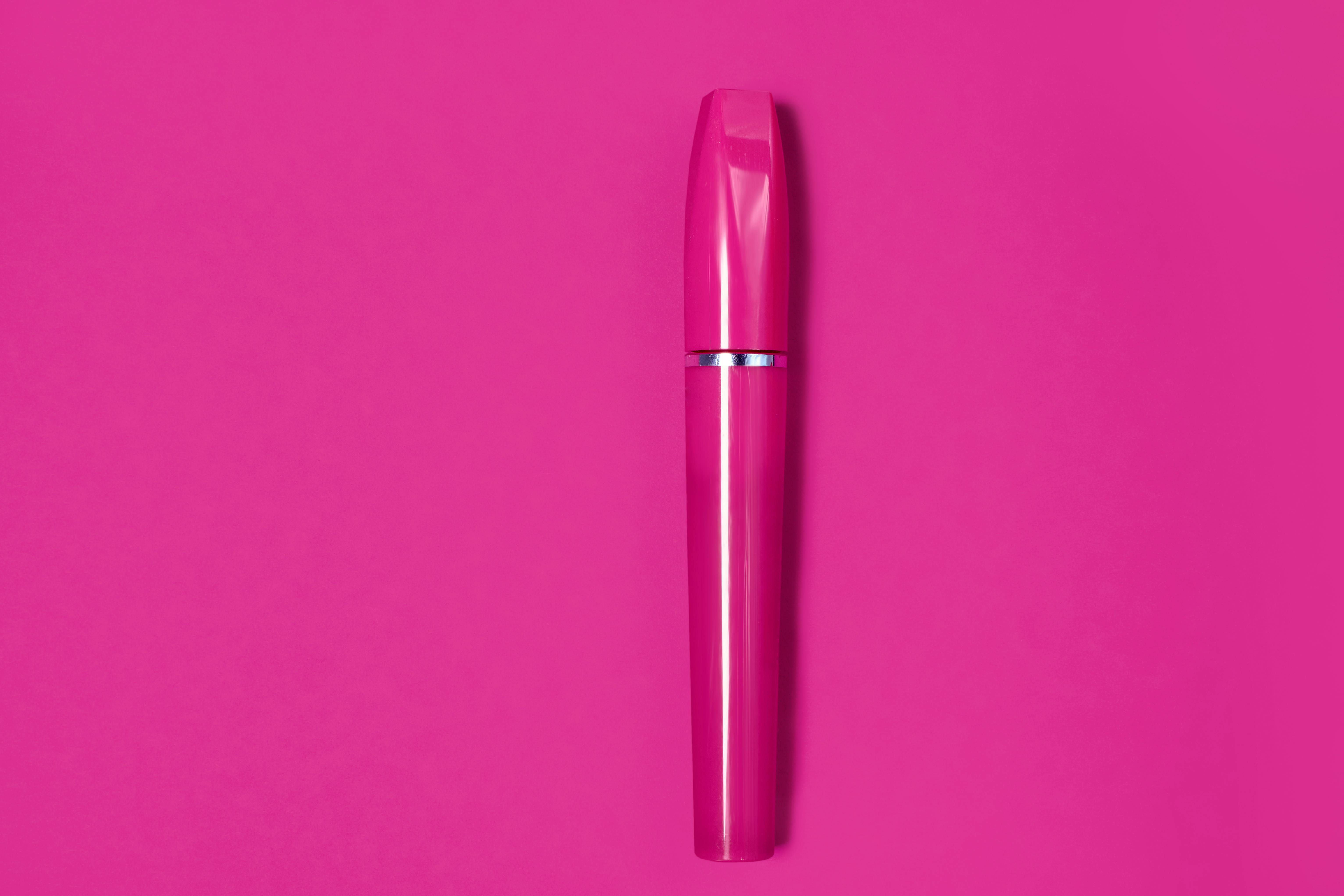How to open or start a pool in spring
Starting or opening a pool is quite simple. But it does require a bit of work and an extra set of hands. Honestly, it’s best to start a week or two before you open it not only for the best results, but also to remove some of the “last minute” stress.
It doesn’t matter if you have an above ground pool or an inground pool, the basic work is the same or similar. Follow these simple steps with details and tips:
Remove all leaves, dirt, and debris. of the winter cover before removing it. I can’t tell you how many times I’ve seen people let all the winter mess go right into the pool! Talk about extra work. I’ve seen really clean “winterized” water turn black with the “tea” and debris from the winter cover. Spend a couple of half hours to remove excess and accumulated leaves from the top of the cover. Remember, it’s not just about last fall’s leaves; it’s spring pollen, tree “helicopters” and pine needles too.
Remove all winter and ice expansion plugs. (Gizzmos). You cannot turn on the pump and filter system if the water does not flow from the pool to the filter and back again! Be sure to replace the respective directional returns (eyeballs), suction screens (usually used on bottom suction connections), circulator connections, etc. If you are using standard stationary eyeballs, remember to point the water flow DOWN towards the bottom of the pool to optimize circulation. For even better circulation, consider replacing the standard directional returns with “the circulator.”
Bring the water level up to normal operating level. If the water on top of the deck is relatively clean and free of algae, use that water to fill the pool. It’s free! It may be a little dirty, but that’s ok, it will be dealt with by the rest of the pool. At this point, it is a very good idea to add an algaecide to the water or a natural pool enzyme to start cleaning the water and preparing it for the initial shock. If you are adding fresh tap water to top off the pool, add a good metal and mineral stain and scale control product to prevent sudden staining of metals, especially iron or copper, when the pool is first shock treated .
Carefully remove the winter cover. Clean it, fold it and put it away. When cleaning, use a good cleaner that is made specifically for the deck material. A good chemical winter cover cleaning will prolong the life of the cover by removing dirt and grime from the fabric (you wouldn’t keep dirty clothes in the closet for next season, would you?)
Connect the filter system. Properly connect the correct hoses or lines to the correct valves or fittings on the pump and filter. Even I made this mistake – the right hose is connected to the wrong filter and 2 weeks later the pool is still not clean! This is the easiest way to remember: basket to basket (skimmer basket to pump basket) and hole to hole (outlet – “into the pool” – hole in filter valve or tank body for return opening on the pool wall). Be sure to properly lubricate all O-rings on multi-port or shut-off valves with a good silicone lubricant. Not only will it give the joint more life, but it will also help it seal more easily. Do not over-tighten hose clamps on the ground; tightening too often will “kink” the hose and allow air to leak. REMEMBER: Replace ALL drain plugs on pump, filter tank, and heater (if equipped).
When starting the pump for the first time, be sure to “prime” the pump with water. Don’t start it dry, not only can you damage the pump, but it puts extra stress and strain on the entire system. If your pump is below the water level, as in most above ground pools, priming is probably not necessary because the water naturally “falls” into the pump (gravity feed). If the pump and filter system is more than 3 feet above the water level, priming is a must. Note that it may take several minutes for the system to “capture” and boot up.
SPECIAL NOTE: it is VERY normal for a LOT of bubbles to come out of the return fittings when first turned on. Even for up to 24 to 36 hours, some bubbles will remain in the plumbing system as it returns to normal operation.
SPECIAL TIPS: To make starting the filter easier, open the “air bleed” valve at the top of the filter tank when the filter starts. You will hear a large “buzz” of air as it leaves the filter. When the water spurts out, replace or close that valve. If your filter does not have a manual air bleeder, temporarily remove the pressure gauge to get the same results.
Clean and vacuum the pool of all the dirt and debris. Get all the excess stuff out of the pool before you add a shock and start the algaecide, especially if the water is relatively clear and clean. The less stuff there is in the water, the more effective the initial flush will be.
Clean siding or tile line with a good quality pool surface cleaner such as Off the Wall Surface Cleaner. DO NOT use household cleaners as they can affect the pH and add phosphates to the water which will contribute to algae growth later on. This is where most of the winter scum has left its mark. Clean it now while it’s still “soft” and easy to remove rather than when it’s sunbaked and harder to clean. Prevent this line of scum (biofilm) from re-forming with regular cleaning or by using AquaFinesse pool discs.
Add your initial doses of shock & algaecide. Now you can add the chemicals! When you start, don’t skimp. Make a good “strong” discharge and an adequate dosage of algaecide in the opening. In the short and long term, you’ll save a lot more money if you do it the right way. Follow the dosages below.
Allow opening or start-up chemicals to circulate for 24 to 36 hours before doing any water testing or balancing. Why wait? 2 reasons:
1. Shock & algaecide additions will change the water chemistry and water balance. That little bit of time will allow the levels to stabilize for a more accurate reading.
2. Chemicals that are already in the pool water can settle to the bottom. This is especially true of cyanuric acid, generally known as a pool conditioner or stabilizer. If the water isn’t allowed to circulate and stir up what’s on the bottom, you’ll end up adding a stabilizer that most likely doesn’t need any addition. This is a great way to save money. By the way, NEVER add conditioner or stabilizer unless the pool water needs it and only if the test shows a level of 20 ppm or less. Stabilizer or cyanuric acid levels should not exceed 60 ppm. Higher levels are just waste and provide nothing for the water balance.
Install ladders and deck equipment. Be sure to tighten the anchor bolts, trampoline, and slider anchors (if you have them) securely. Check that the bolts or accessories are in good condition. Replace worn or corroded nuts and bolts for your safety.
Filter 24 hours before bringing Opening water sample for testing and analysis. Adjust pH, Total Alkalinity, and Calcium Hardness as needed.
Chemically clean the filter. with Kleen It or Strip Kwik Filter Cleaner after 2 weeks to remove seeping winter stuff. Chemical filter cleaning every 8 weeks extends the life of the filter media and promotes longer filter cycles.
NEVER DRAIN your pool. The liner will shrink, voiding the warranty and could damage your pool. In gunite, gypsum, or even fiberglass pools, removal of water from the pool could cause the pool structure to “float” and cause serious damage to the structure. Always check with your local builder for specific instructions.
Starting chemical doses in pools of chlorine, bromine, ionizer, salt-chlorine. Shock treatment must be thorough to break down residual chloramines (combined chlorines) from winterizing. If chloramines are not addressed now, a persistent chlorine demand problem (the inability to maintain a solid level of chlorine or bromine) will develop.
Chlorine shock: Unstabilized Cal-Hypo is the preferred product to use for an initial spring shock. It goes in, it oxidizes and then it comes out (it gives off gases). Use at a rate of 3 to 5 pounds per 5,000 gallons for best results. DO NOT use a non-chlorine shock with initial start-up. Liquid chlorine bleach is fine, but it is very weak (about 11%) compared to Cal-Hypo (about 60%).
Initial algaecide: don’t skimp on the algaecide! Always use an algaecide that has at least 30% active ingredients. Be careful when using algaecides with copper as the active ingredient; Improper use can cause stains on pool surfaces. Gallon jugs of algaecide typically contain less than 10% active ingredients and are a virtual waste of money. Follow label directions for INITIAL dose, typically 1 to 2 quarts per 10,000 gallons.
After adding the initial shock and algaecide, be sure to run the filter for 48 to 72 hours continuously. DO NOT backwash the filter during this time. Let the filter and chemicals do the work.
Final and continuing steps: balance the water (pH, total alkalinity, calcium hardness). The use of additives such as borates and natural enzyme products will enhance any chemical pool care system you use. Be sure to shock treat the pool and add algaecide every 2 weeks to remove swimmer debris that cannot be filtered and to keep algae under control.
Follow the 5 keys for pool care. It is easy.






